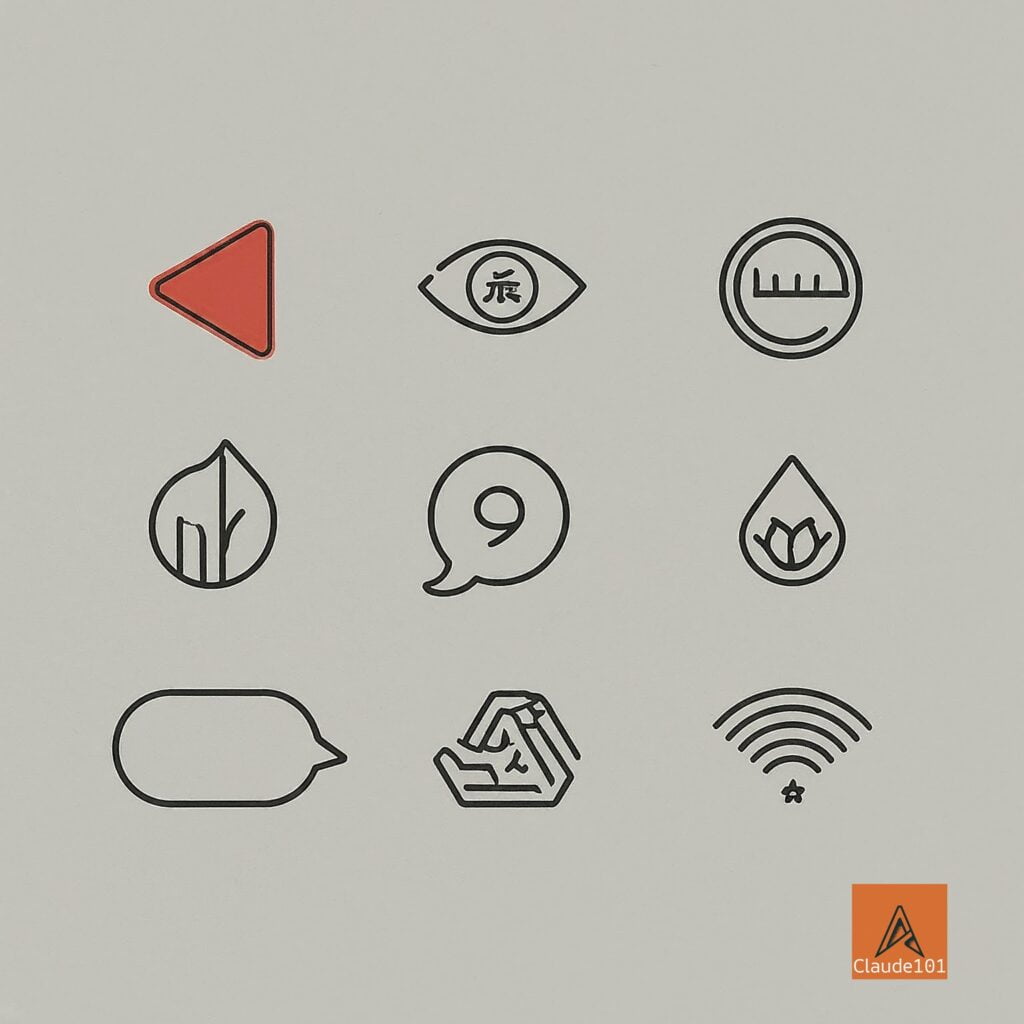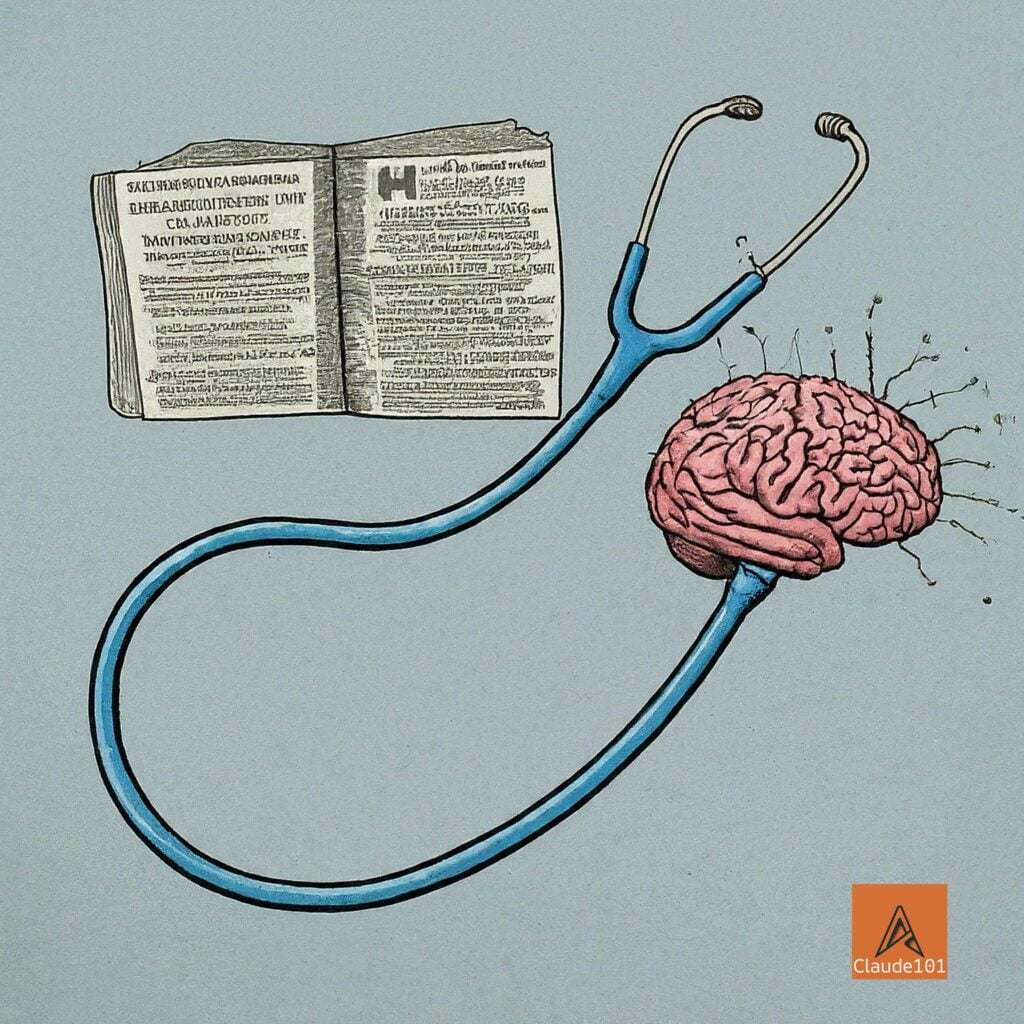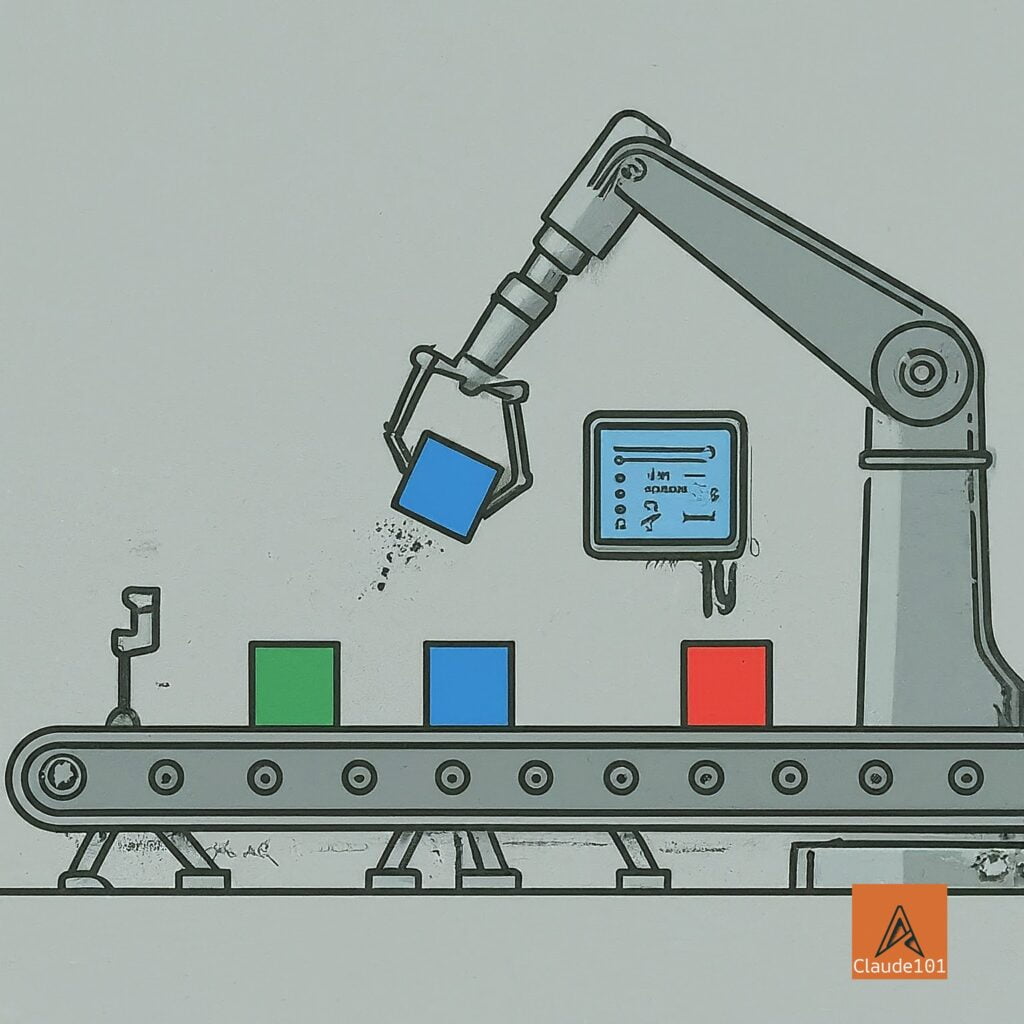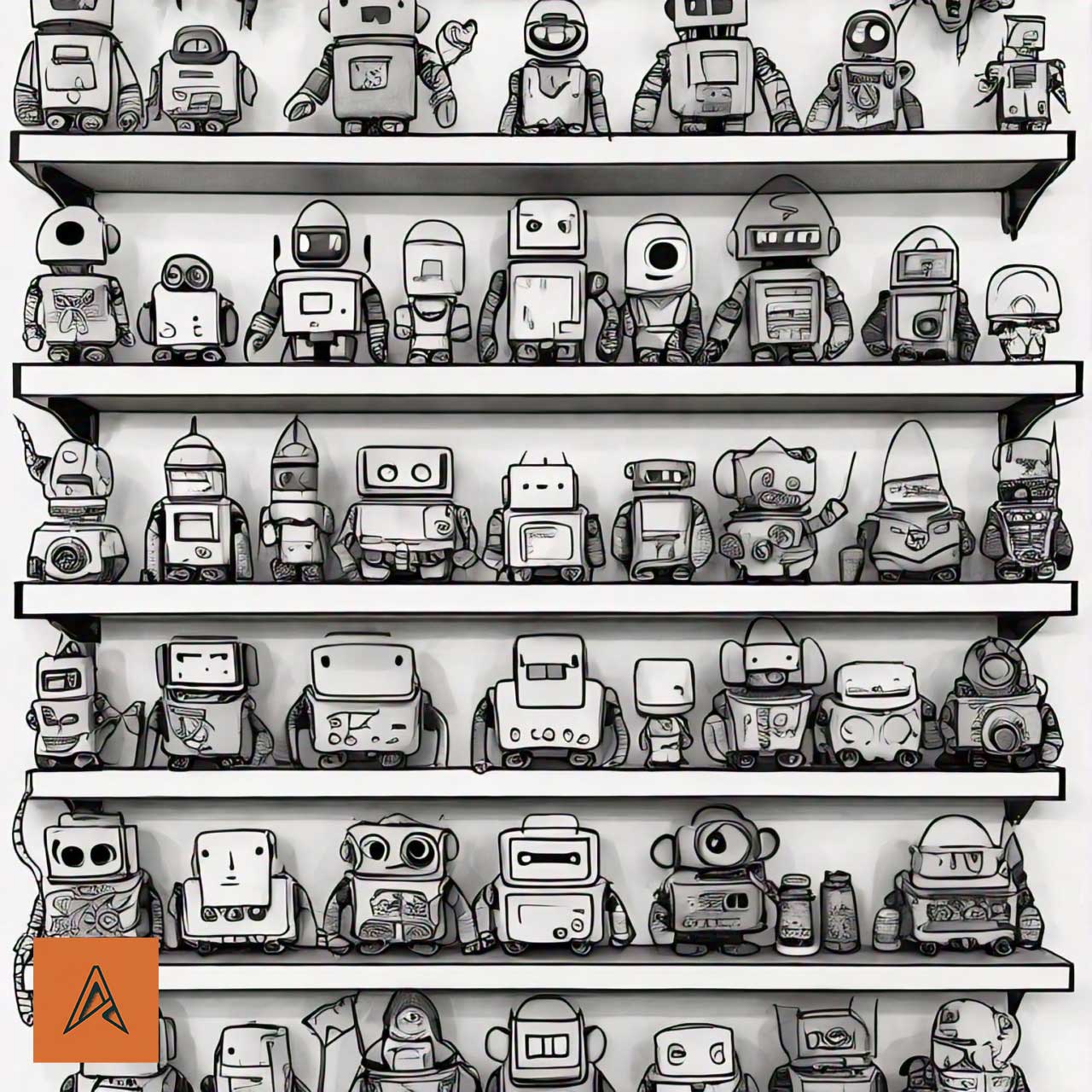As you go through the alternatives list, it is essential to recognize that each tool may have its unique strengths, weaknesses, and specialized capabilities. The following sections will provide an overview of various alternatives, categorized based on their underlying approach, focus, or intended use case.
Free ChatGPT Alternatives

For individuals, researchers, or organizations with limited budgets or a preference for open-source solutions, several notable free ChatGPT alternatives are available. These tools typically leverage open-source language models or community-driven efforts, offering varying levels of capabilities and customization options.
Free Chatgpt Alternatives
| Name | Cost |
|---|---|
| Anthropic: Claude 3 Sonnet | Free |
| Google Gemini (Formerly Bard) | Free |
| Perplexity Sonar (Forerly pplx) | Free |
| Bing Chat (Copilot) | Free |
Paid ChatGPT Alternatives
For organizations or individuals seeking more robust and supported solutions, a range of paid ChatGPT alternatives is available. These commercial offerings often leverage proprietary language models, offering varying levels of performance, customization options, and targeted user segments.
| Name | Cost |
|---|---|
| Anthropic: Claude Pro | $20/Month |
| Google Gemini Advanced | $19.99/Month |
| Microsoft Copilot Pro | $20/Month |
| Perplexity Pro | $20/Month |
How to find ChatGPT alternatives
ChatGPT, created by the artificial intelligence research company OpenAI, is a state-of-the-art language model that has captured global attention with its remarkable ability to understand and generate human-like text across a wide range of topics and tasks. Powered by deep learning techniques and trained on vast amounts of data from the internet, ChatGPT can engage in fluent conversations, answer follow-up questions, and even tackle complex tasks such as creative writing, code generation, and mathematical reasoning.

However, despite its impressive capabilities, there are several reasons why individuals or organizations might seek alternatives to ChatGPT. One primary consideration is access. As a proprietary model developed by a private company, ChatGPT is not an open-source solution, which could limit its availability or impose usage constraints. Additionally, while OpenAI offers a free research preview of ChatGPT, the long-term pricing and usage policies remain uncertain, potentially making it cost-prohibitive for some users or applications.
Furthermore, ChatGPT, like any general-purpose language model, may not be tailored to specific domains or use cases. Certain industries or applications might require specialized language models trained on domain-specific data or with specific capabilities. For instance, a healthcare organization might prefer a model fine-tuned on medical literature for enhanced accuracy in that field.
In light of these considerations, exploring alternative tools that offer similar or complementary capabilities to ChatGPT can be valuable. This article aims to guide readers through the process of evaluating and selecting appropriate ChatGPT alternatives, while also introducing the broader landscape of AI tools and their potential applications.
How to evaluate ChatGPT Alternatives

When assessing potential alternatives to ChatGPT, several key criteria should be considered to ensure the chosen solution aligns with specific requirements and use cases. These criteria include language understanding capabilities, task versatility, knowledge breadth, and customizability.
Language understanding is a fundamental aspect of language models, encompassing the ability to comprehend and interpret natural language inputs accurately. A robust language understanding capability is crucial for applications involving language processing, such as customer service chatbots, virtual assistants, or information retrieval systems.
Task versatility refers to the range of tasks a language model can handle effectively. While some models may excel at specific tasks like text generation or question answering, others might offer a broader range of capabilities, including code generation, mathematical reasoning, or even multimodal tasks involving images or audio.
Knowledge breadth is another essential factor, as different language models may be trained on diverse data sources, resulting in varying levels of knowledge across different domains. A model trained primarily on scientific literature, for instance, might excel in technical or academic subjects but struggle with more general or creative tasks.
Customizability is also a crucial consideration, particularly for organizations with specific requirements or proprietary data. The ability to fine-tune or retrain a language model on domain-specific data can significantly enhance its performance and accuracy for specialized applications.
In addition to these core criteria, practical factors such as pricing models, deployment options, and data privacy concerns should be weighed. Some solutions might offer cloud-based or on-premises deployment options, while others might be open-source or proprietary, influencing their overall cost and flexibility.
Ultimately, hands-on testing and evaluation of potential ChatGPT alternatives within the context of specific use cases are essential for making an informed decision. This process may involve benchmarking multiple solutions against real-world scenarios, measuring performance metrics, and assessing the overall user experience and integration capabilities.
What are AI tools?
To better understand the context in which ChatGPT and its alternatives exist, it is essential to define the broader category of AI tools. AI tools are software applications that leverage artificial intelligence models, such as machine learning or deep learning algorithms, to perform specific tasks or enhance existing processes.

These tools can range from language models like ChatGPT, which can engage in natural language interactions, to computer vision models that can analyze and interpret images or videos. Other examples include recommendation engines that personalize content or product suggestions based on user preferences, predictive analytics tools that forecast future trends or outcomes, and automated decision-making systems that can make data-driven choices.
Is ChatGPT an AI Tool?
Yes. ChatGPT falls squarely within the category of AI tools, specifically as a language model AI tool. Unlike traditional rule-based programs that follow predefined instructions, ChatGPT leverages deep learning techniques to understand and generate human-like text dynamically, based on the patterns and relationships it has learned from its training data.
While AI tools like ChatGPT can exhibit remarkable capabilities, it is important to recognize that they are not sentient beings with true intelligence or consciousness. They are sophisticated statistical models trained on vast amounts of data, capable of recognizing patterns and generating outputs that mimic human-like behavior within their trained domains.
In contrast, human-created content, such as books, articles, or software programs, is the result of conscious reasoning, creativity, and decision-making processes. While AI tools can assist or augment human efforts in various ways, they are not a substitute for human intelligence and ingenuity.
As the field of artificial intelligence continues to evolve, the capabilities and applications of AI tools are expected to expand rapidly. However, it is crucial to maintain a balanced perspective, recognizing both the potential and limitations of these tools, and ensuring their responsible development and deployment in ways that benefit society while mitigating potential risks or unintended consequences.
Which AI Tool is the best?
Given the diverse landscape of ChatGPT alternatives and AI tools available, it’s important to recognize that there is no definitive “best” option that suits all use cases and requirements. The choice of the most suitable tool depends on factors such as the specific tasks and applications, the desired level of performance, customization needs, budget constraints, and ethical considerations.

When evaluating potential AI tools or language models, it’s advisable to revisit the key criteria discussed earlier, such as language understanding capabilities, task versatility, knowledge breadth, customizability, and practical considerations like pricing, deployment options, and data privacy.
Additionally, it’s often beneficial to explore multiple options and leverage their combined strengths through ensemble approaches or multi-model architectures. For instance, a general-purpose language model like Claude could be combined with a specialized coding model like Codex to create a powerful solution for software development tasks that require both natural language understanding and code generation capabilities.
Ultimately, the “best” AI tool is the one that aligns most closely with an organization’s or individual’s specific requirements, while also meeting ethical and responsible AI standards. Continuous evaluation, benchmarking, and adaptation to evolving technologies and use cases will be essential in navigating the rapidly advancing landscape of language models and AI tools.
What is the Cheapest LLM alternative for ChatGPT?
While many of the language model alternatives discussed thus far offer robust capabilities, they may not be feasible options for individuals or organizations with limited budgets. In such scenarios, exploring budget-friendly or cost-effective alternatives becomes a priority.

One category of options to consider is the various community-driven language models and open-source initiatives. Models like Mistral, Mixtral, Llama, etc.. while not as powerful as their commercial counterparts, offer free access and can be leveraged for various natural language processing tasks without incurring significant costs.
Some commercial providers, such as Hugging Face and Anthropic, offer limited free tiers or free trial periods, allowing users to experiment with their language models before committing to paid plans. These free tiers may have usage limits or reduced feature sets but can provide a cost-effective way to assess the suitability of a tool before investing further.
It’s important to note that while free or low-cost options can be appealing, they often come with trade-offs in terms of performance, capabilities, or support. Limitations may include reduced model sizes, narrower knowledge domains, or lack of customization options.
To optimize costs when working with language models, techniques like model pruning (reducing model size while minimizing performance impact), efficient prompt design, and optimized inference strategies can be employed. Additionally, leveraging open-source frameworks and libraries can help minimize development and deployment costs.
Ultimately, the cheapest LLM alternative for ChatGPT will depend on an organization’s or individual’s specific requirements, willingness to accept potential trade-offs, and the ability to leverage cost-optimization strategies effectively.
Is ChatGPT the best LLM?
As one of the most prominent and widely discussed language models, it’s natural to question whether ChatGPT is the best large language model (LLM) currently available. To objectively assess this claim, it’s essential to examine ChatGPT’s performance across various dimensions and compare it to other cutting-edge models.
In terms of language understanding and generation capabilities, ChatGPT has demonstrated remarkable proficiency, enabling it to engage in coherent and contextually relevant conversations across a wide range of topics. Its ability to maintain long-term context and provide nuanced responses has garnered significant praise.

However, it’s essential to recognize that other language models, such as Claude 3, Google Gemini, etc. have also exhibited strong language understanding and generation capabilities, potentially rivaling or surpassing ChatGPT in certain aspects or domains.
When it comes to task versatility, ChatGPT has proven itself adept at handling various tasks, including creative writing, code generation, and analytical reasoning. Nonetheless, some specialized models, like OpenAI’s Codex or AlphaCode, may outperform ChatGPT in specific domains like code generation and understanding.
Another crucial aspect to consider is the potential biases and limitations inherent in language models, including ChatGPT. While considerable efforts have been made to mitigate biases and harmful outputs, no language model is entirely free from these issues. Ongoing research and development efforts aim to address these challenges, but it’s essential to acknowledge and account for potential biases in practical applications.
It’s also important to recognize that the landscape of language models is rapidly evolving, with new models and advancements being introduced regularly. While ChatGPT currently represents a remarkable achievement, it’s likely that future models will push the boundaries of language understanding, task versatility, and knowledge breadth even further.
Ultimately, determining the “best” LLM is a complex and multifaceted endeavor that depends on the specific requirements, use cases, and evaluation criteria. While ChatGPT has undoubtedly made a significant impact and demonstrated impressive capabilities, it may not be the optimal choice for all applications or domains. A more pragmatic approach would be to objectively assess the strengths and weaknesses of various language models, including ChatGPT, and select the most suitable option for a given set of requirements.
